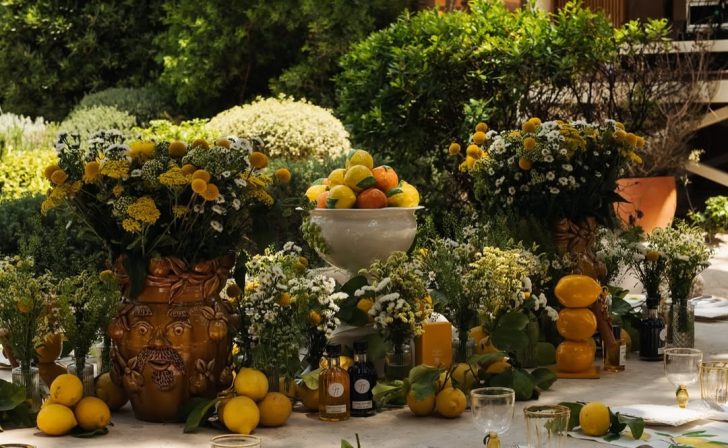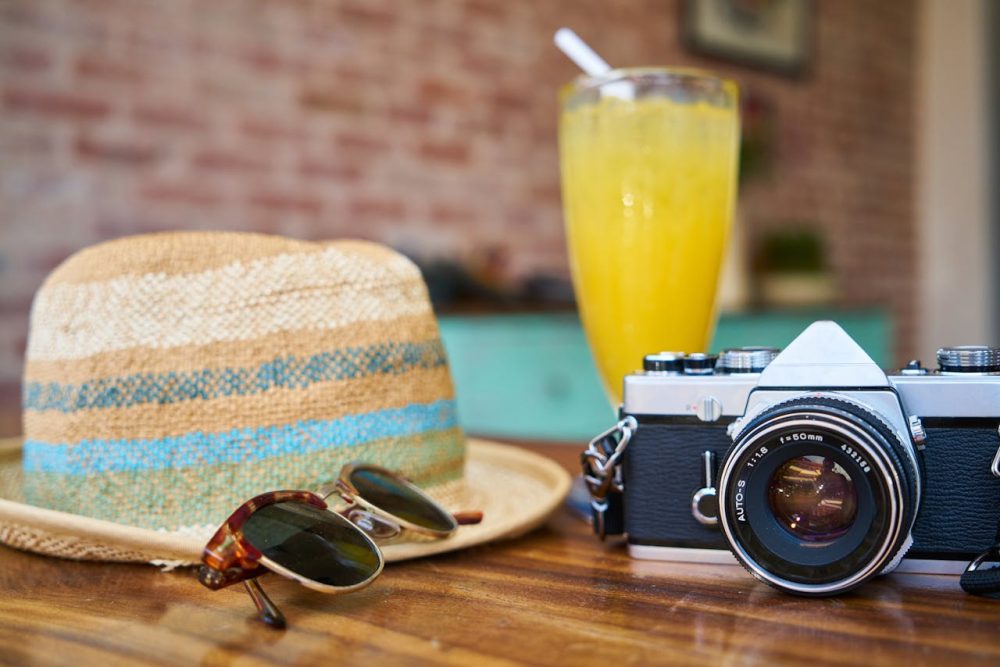Luxury brands are hitting a wall in 2025. LVMH and Kering, the giants behind names like Louis Vuitton, Gucci, and Dior, are watching their sales fall fast. The numbers don’t lie, and the story behind them is even more eye-opening.
LVMH just reported a 4% drop in revenue and a sharp 15% fall in operating profits. That is a big deal. This is a sign that the luxury game is changing. Fashion and leather goods took the biggest hit, along with wine and spirits. And Kering isn’t far behind. The slump is real, and it is shaking the industry from top to bottom.
The U.S. Market is Slamming the Brakes
Tariffs are causing chaos. The Trump administration's import taxes, like 15% on European goods and a crushing 39% on Swiss items, are putting pressure on brands that rely on U.S. shoppers. Luxury brands used to count on the American market as a stronghold. Not anymore.
These taxes are making products more expensive, and customers are backing off. When a bottle of fancy champagne or a designer purse gets slapped with a price hike, it stops feeling like a treat and starts feeling like a bad deal. Even loyal shoppers are hesitating.

LVMH / IG / Chinese buyers once made up nearly 40% of global luxury sales. Now, they are spending about 75% of their luxury budgets inside China.
The shift is massive. Geopolitical tension, travel restrictions, and economic worries are keeping Chinese shoppers closer to home and more cautious with their spending.
But it is not just where they are buying. It is how much. Aspirational shoppers, the ones who used to stretch for that Gucci bag or that Dior lipstick, are pulling back. They are not splurging like before. Brands are being forced to refocus on their wealthiest clients and step up the in-store experience just to hold on.
The Magic is Fading
Critics are saying what many consumers already feel: luxury brands aren’t special anymore. What used to feel rare and refined now feels mass-produced and overexposed. It is not just the outlet stores or constant collaborations. It is the sense that anyone can walk into a mall and grab a “luxury” item on sale.
That is killing the dream. Rising prices plus falling quality is a bad mix. Customers are starting to feel like they are being scammed, not spoiled. One fashion critic put it perfectly. Some luxury brands now feel as exclusive as the M&M’s store in Times Square. Harsh, but not wrong.

LVMH / IG / Bain & Company predicts global luxury sales will drop by 2-5% by the end of 2025. That would be the worst hit the industry’s taken since the 2008 crash, not counting the COVID shock.
People are spending less, and confidence is low. From Europe to Asia to the U.S., luxury shoppers are holding back. They are asking tougher questions before dropping thousands. And if brands don’t answer with value, style, and meaning, the wallets stay closed.
Long-term, there is still plenty of money to be made. Rising incomes, booming wealth in emerging markets, and a wave of new high-net-worth individuals mean the future is still bright.
But the playbook has to change. Luxury brands can’t coast on logos and name recognition. They need to connect with younger shoppers on a deeper level. That means less flash, more authenticity. Less chasing trends, more owning identity.








